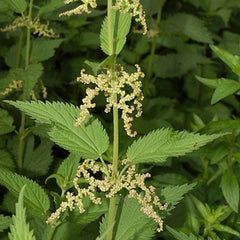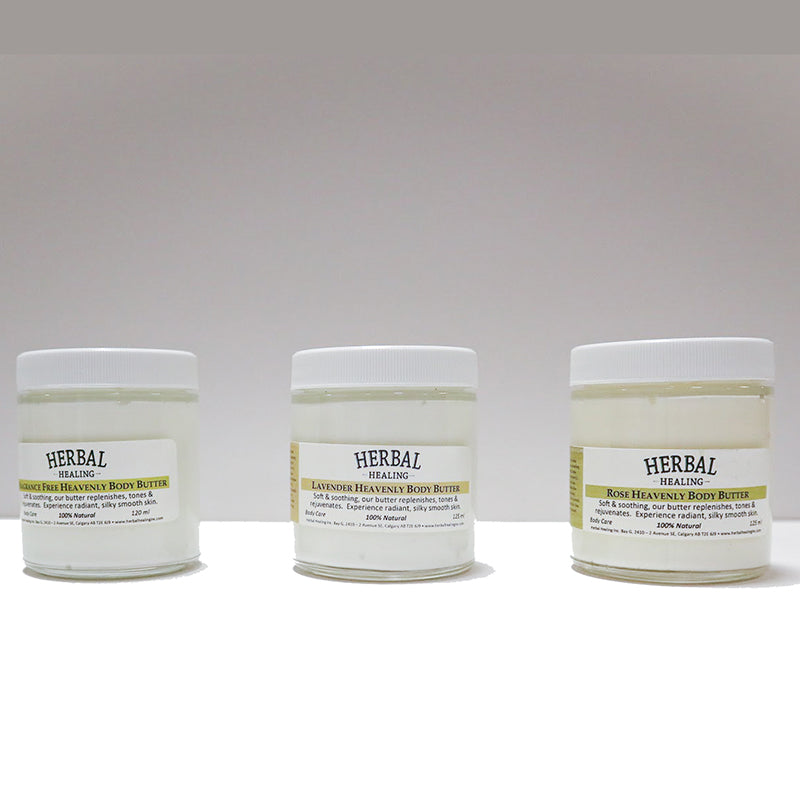

Nettle (Urtica dioica)
- $14.00 CAD
- $14.00 CAD
- Unit price
- per
50g, 100g, 250g
Couldn't load pickup availability
Parts used: Leaves and root
Properties
Alternative, antiseptic, astringent, blood purifier, diuretic, expectorant, galactagogue, hemostatic, nutritive
Primary nutrients
Calcium, chlorophyll, chromium, copper, iron, manganese, potassium, protein, silicon, sodium, sulfur, vitamins A, C, D, E, F and P, zinc
Nettle is recognized as one of the most useful of all plants. It contains alkaloids that neutralize uric acid. Decreasing uric acid helps reduce symptoms of conditions such as gout and rheumatism. The astringent activity of nettle helps decrease bleeding. Nettle is rich in iron, which is vital to good circulation. It helps reduce high blood pressure. Tannin found in the nettle root has been used as part of an astringent enema to shrink hemorrhoids and reduce excess menstrual flow. Nettle has a reputation for use in cases of asthma and other respiratory conditions.
Primary Applications
Bleeding, external/internal
Blood impurities
Blood pressure, high
Bronchitis
Diarrhea
Rheumatism
Secondary Applications
Anemia
Asthma
Circulation, poor
Eczema
Hay fever
Hemorrhoids
Hives
Kidneys, inflamed
Menstruation, excess
Mouth sores
Nosebleeds
Skin disorders
Vaginitis
50g, 100g, 250g
RELATED PRODUCTS
- Choosing a selection results in a full page refresh.



